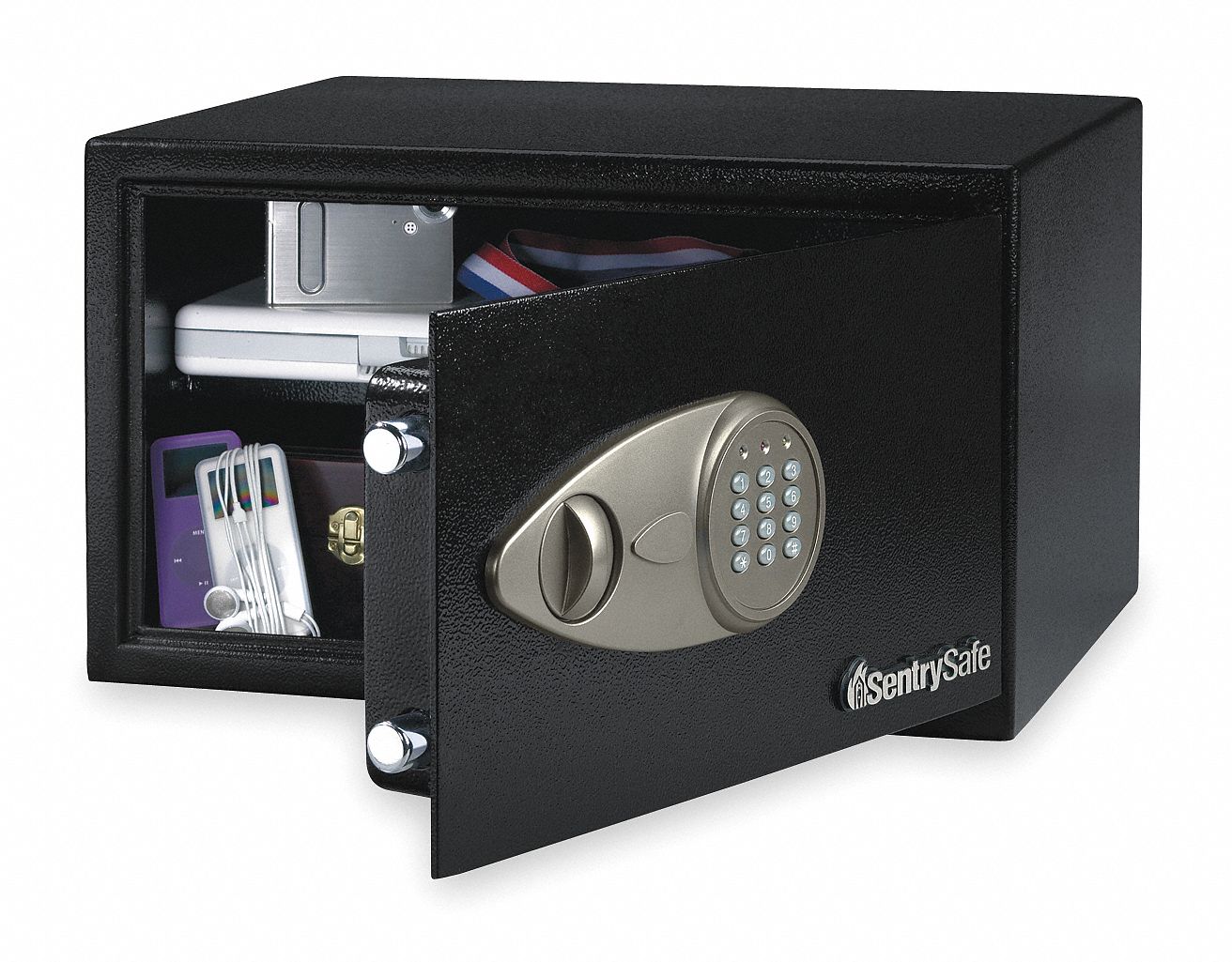Navigating the Digital Marketplace: A Guide to Safe Online Transactions
Introduction
In today’s hyper-connected world, online transactions have become an integral part of our lives. From purchasing groceries to paying bills and investing in the stock market, the internet offers unparalleled convenience. However, this convenience comes with inherent risks. The digital landscape is fraught with potential pitfalls, including fraud, identity theft, and data breaches. This article aims to equip you with the knowledge and strategies needed to navigate the online marketplace safely and securely.
The Evolving Landscape of Online Transactions
- Growth & Prevalence: E-commerce is booming. According to Statista, global e-commerce sales are projected to reach $6.3 trillion in 2024, highlighting the sheer volume of transactions taking place online.
- Rising Threats: Unfortunately, as online transactions increase, so do the opportunities for cybercriminals. Reports from the Federal Trade Commission (FTC) consistently show a rise in online fraud and identity theft.
- Mobile Commerce: The increasing use of smartphones for online shopping introduces new vulnerabilities. Securing mobile devices and using secure Wi-Fi networks are crucial.
Essential Practices for Safe Online Transactions
-
Choose Reputable Websites and Apps
- The Importance of Research: Before making a purchase from an unfamiliar website, take the time to research the company’s reputation. Look for customer reviews, check their rating with the Better Business Bureau (BBB), and search for any reported scams.
- Secure URLs: Always ensure that the website’s URL starts with "https://" indicating a secure connection. The "s" stands for secure, and it means that the data transmitted between your browser and the website is encrypted.
- Official Apps: When using mobile devices, download apps only from official app stores (e.g., Apple App Store, Google Play Store). Be wary of third-party app stores, as they may contain malicious software.
-
Strengthen Your Passwords
- Complexity is Key: Use strong, unique passwords for each of your online accounts. A strong password should be at least 12 characters long and include a combination of uppercase and lowercase letters, numbers, and symbols.
- Password Managers: Consider using a password manager to generate and store your passwords securely. These tools can also help you remember your passwords and automatically fill them in when you visit a website.
- Two-Factor Authentication (2FA): Enable 2FA whenever possible. This adds an extra layer of security by requiring a second form of verification, such as a code sent to your phone, in addition to your password.
-
Secure Your Payment Information
- Credit Cards vs. Debit Cards: When possible, use a credit card instead of a debit card for online purchases. Credit cards offer greater protection against fraud, as you are not directly using funds from your bank account.
- Virtual Credit Card Numbers: Some credit card companies offer virtual credit card numbers, which are temporary, randomly generated numbers that can be used for online purchases. This helps protect your actual credit card number from being compromised.
- Payment Platforms: Consider using secure payment platforms like PayPal, Apple Pay, or Google Pay. These platforms act as intermediaries between you and the merchant, protecting your financial information.
-
Be Wary of Phishing Scams
- Recognizing Phishing: Phishing scams are attempts to trick you into providing sensitive information, such as your username, password, or credit card number, by disguising as a trustworthy entity.
- Red Flags: Be suspicious of unsolicited emails or messages that ask for personal information, especially if they create a sense of urgency or threaten negative consequences if you don’t respond.
- Verify Authenticity: If you receive a suspicious email or message, contact the organization directly to verify its authenticity. Do not click on any links or attachments in the email.
-
Secure Your Devices and Networks
- Antivirus Software: Install and regularly update antivirus software on your computer and mobile devices to protect against malware and viruses.
- Firewall Protection: Enable your firewall to prevent unauthorized access to your computer.
- Secure Wi-Fi: Avoid using public Wi-Fi networks for online transactions, as they are often unsecured and vulnerable to eavesdropping. Use a Virtual Private Network (VPN) to encrypt your internet traffic and protect your data.
-
Review Your Statements Regularly
- Early Detection: Regularly review your credit card and bank statements for any unauthorized transactions. The sooner you detect fraudulent activity, the easier it will be to resolve.
- Report Suspicious Activity: If you notice any suspicious transactions, immediately report them to your bank or credit card company.
Staying Informed and Adapting to New Threats
- Cybersecurity News: Stay up-to-date on the latest cybersecurity threats and scams by following reputable cybersecurity news sources.
- Evolving Tactics: Cybercriminals are constantly evolving their tactics, so it’s important to stay vigilant and adapt your security practices accordingly.
- Education: Educate yourself and your family members about online safety. Share tips and best practices for safe online transactions.
The Role of Regulations and Laws
- Consumer Protection Laws: Many countries have consumer protection laws in place to protect consumers from online fraud and unfair business practices.
- Data Privacy Regulations: Regulations like the General Data Protection Regulation (GDPR) and the California Consumer Privacy Act (CCPA) give consumers greater control over their personal data.
- Enforcement: Law enforcement agencies are working to combat cybercrime, but it’s important to remember that prevention is always better than cure.
Conclusion
Safe online transactions require a combination of vigilance, awareness, and proactive security measures. By following the practices outlined in this article, you can significantly reduce your risk of becoming a victim of online fraud and protect your financial information. Remember that online security is an ongoing process, and it’s important to stay informed and adapt your security practices as new threats emerge. As technology evolves, so must our approach to online safety. Staying informed, being cautious, and taking proactive steps will help you navigate the digital marketplace with confidence.


Leave a Reply